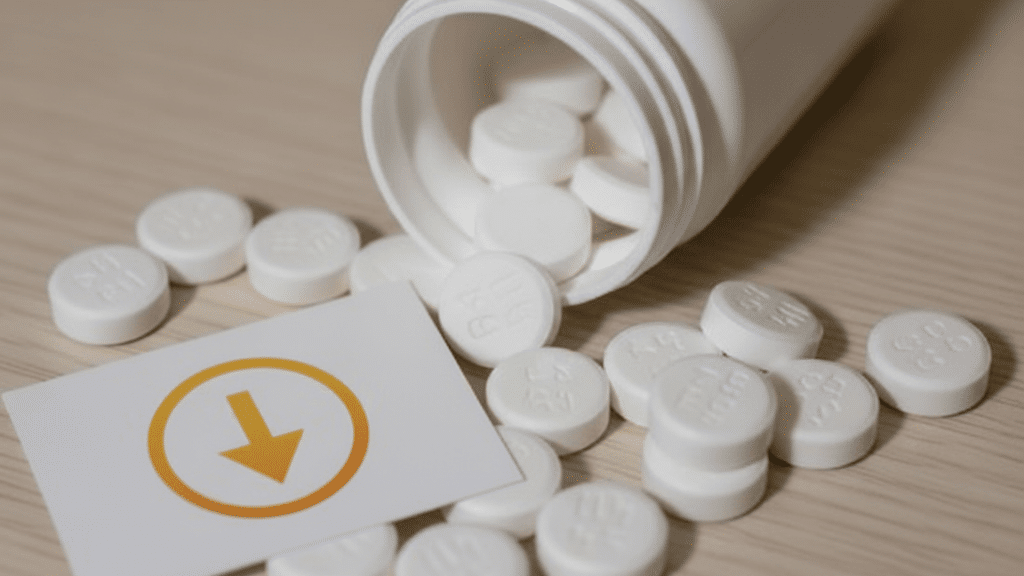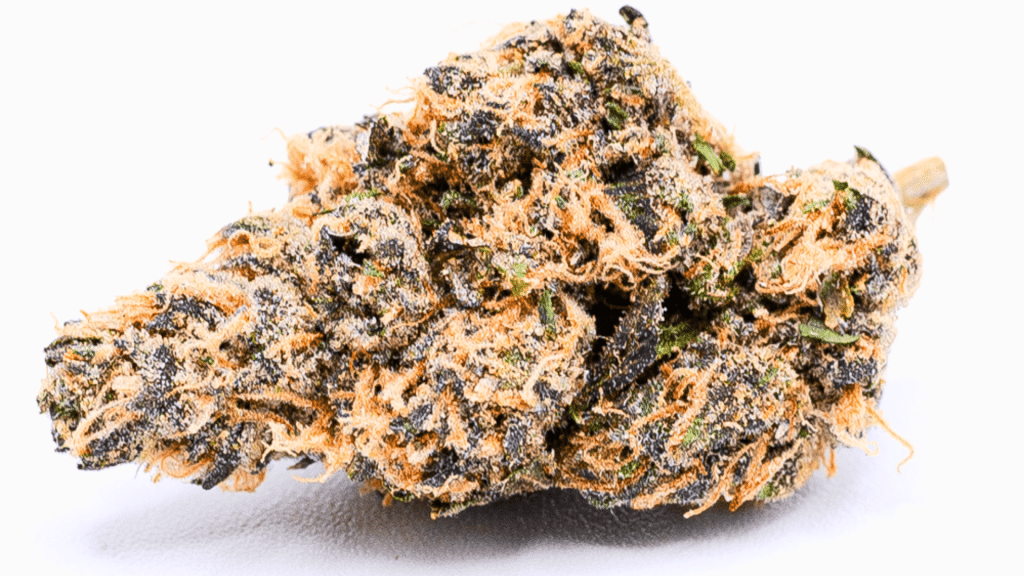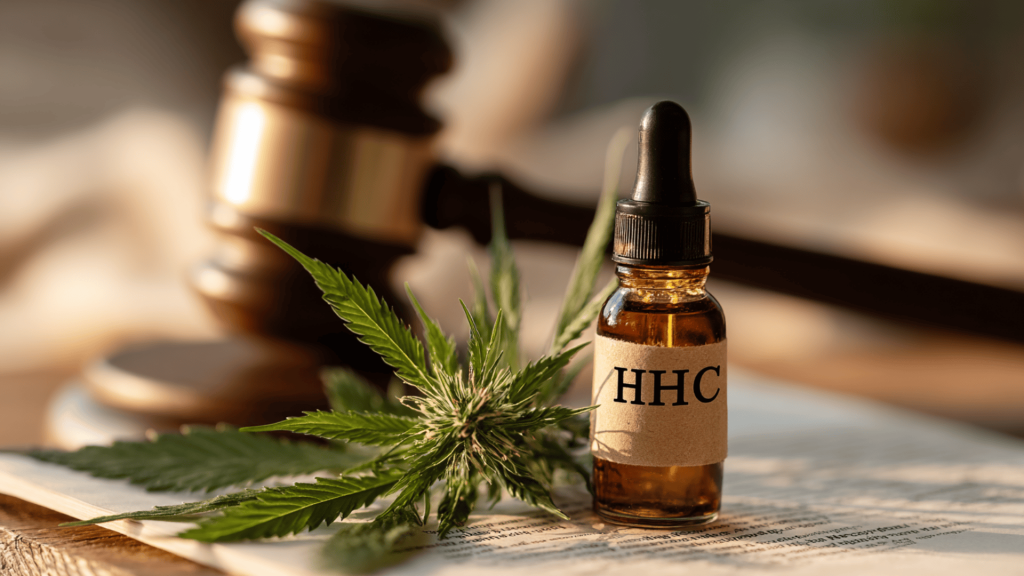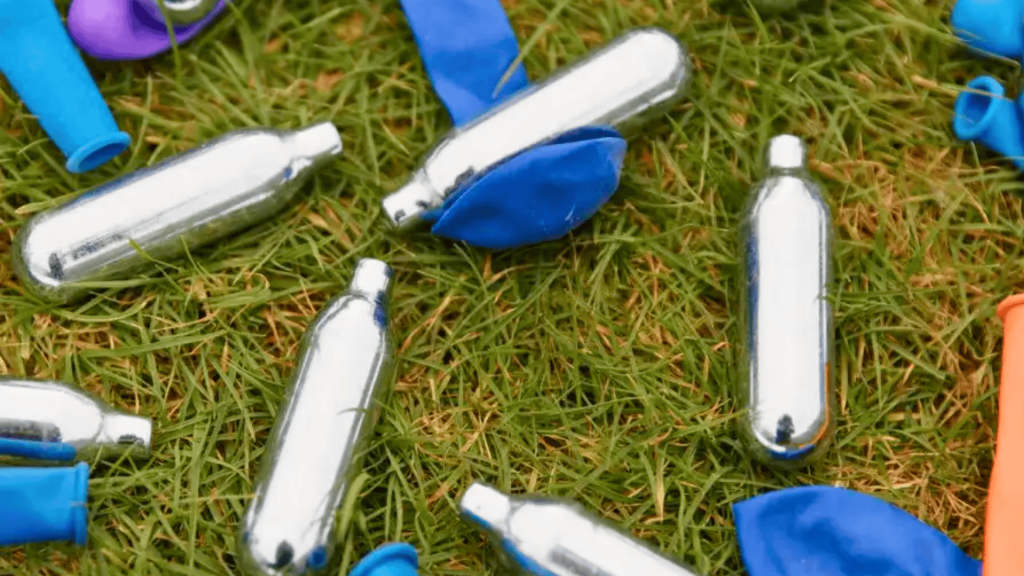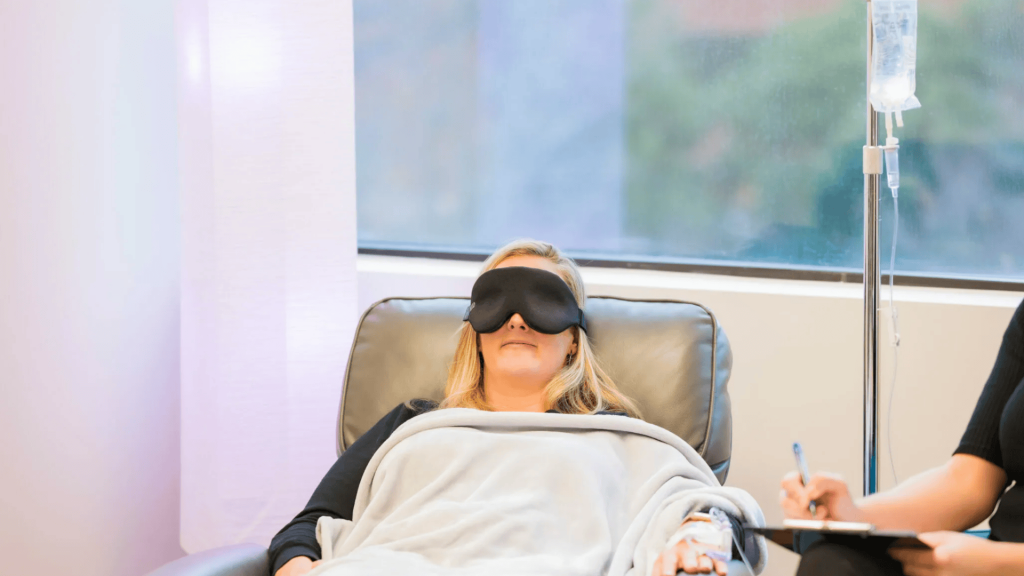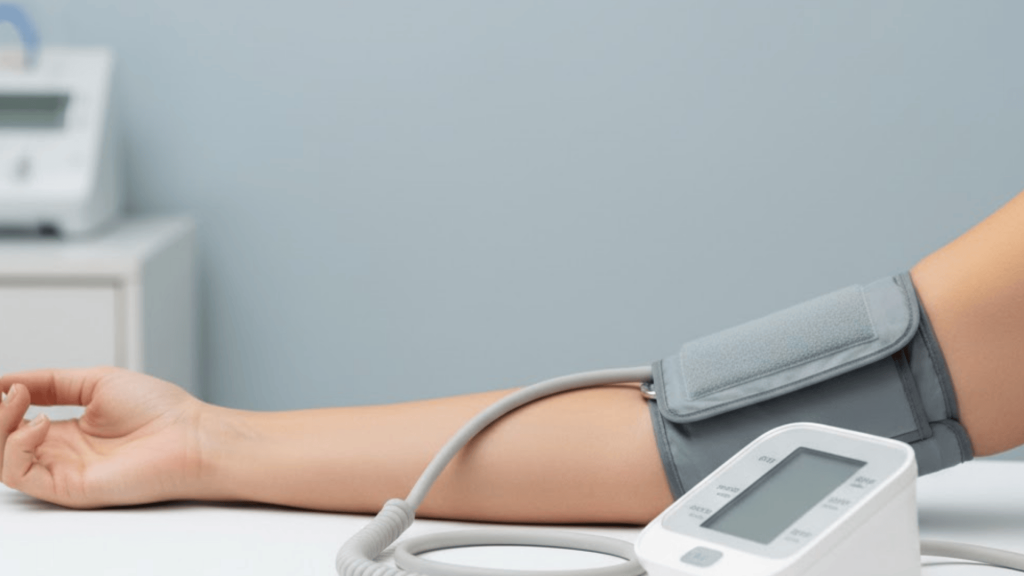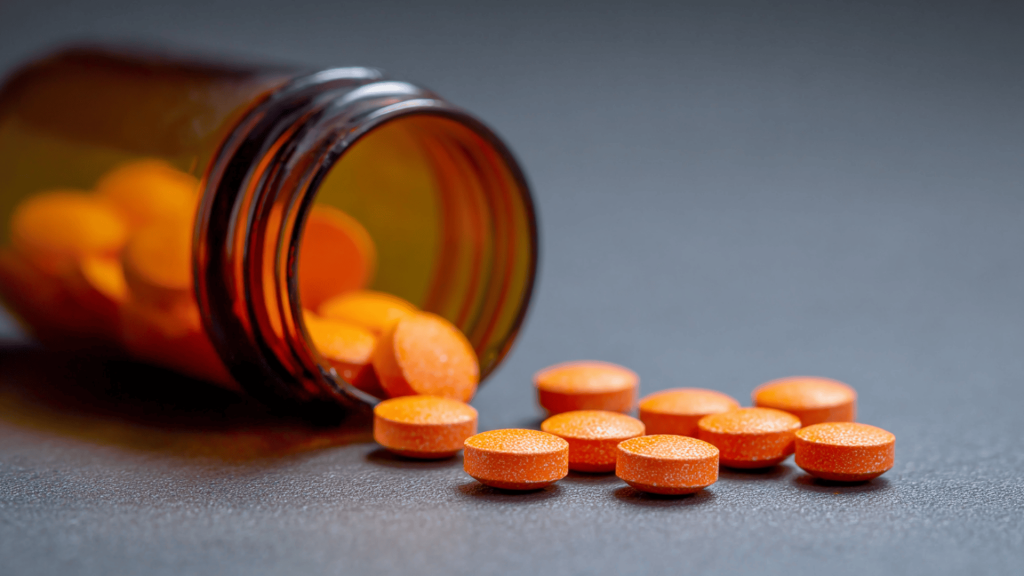Suboxone has helped countless people reclaim their lives from opioid dependence, but here’s the thing: getting the dose right isn’t always straightforward.
I’ve seen so many people struggle in those early weeks of treatment, wondering if what they’re feeling is normal or if something needs to change. Maybe you’re experiencing cravings that won’t quit, or withdrawal symptoms are creeping back in.
These could be signs your dose isn’t quite where it needs to be. I’m going to walk you through what an inadequate Suboxone dose actually looks like, why it’s risky to ignore these warning signs, and when you should reach out to your doctor.
Remember, this is educational information to help you advocate for yourself; it’s not meant to replace professional medical guidance.
Why Getting the Right Suboxone Dose Matters?
Suboxone combines buprenorphine and naloxone to treat opioid use disorder.
Buprenorphine is a partial opioid agonist; it activates the same receptors as other opioids but with a ceiling effect, which reduces cravings and withdrawal without producing a significant high. Naloxone helps deter misuse.
Here’s what makes dosing tricky: everyone’s body processes medication differently based on factors like metabolism, the severity of dependence, and other medications you’re taking.
What works perfectly for someone else might leave you struggling with breakthrough symptoms. Finding your optimal dose is about customizing treatment to your biology and recovery needs.
Common Signs Your Suboxone Dose May Be Too Low

When your dose isn’t adequate, your body will tell you.
These symptoms often appear between doses or gradually worsen over time, signaling that buprenorphine levels aren’t sufficient to manage your dependence effectively.
1. Withdrawal-Like Symptoms
You might notice excessive sweating, a persistently runny nose, or muscle aches that won’t ease up.
Frequent yawning becomes hard to control, and sleep feels impossible; you’re either tossing all night or feeling profoundly restless during the day.
These mimic classic opioid withdrawal and shouldn’t be dismissed as stress or coincidence.
Immediate Symptom: Multiple withdrawal signs consistently appearing, especially before your next dose.
2. Cravings & Urges
Intense opioid cravings that break through despite regular Suboxone use are a major red flag.
You might find yourself constantly thinking about opioids or feeling like something’s missing; that nagging sense you “need something more” to feel stable.
These psychological urges can be just as debilitating as physical symptoms.
Immediate Symptom: Persistent cravings interfering with daily functioning despite medication adherence.
3. Mood & Mental Health Changes
Irritability spikes without obvious triggers, anxiety becomes overwhelming, or depression settles in like a heavy fog.
You might notice emotional instability: crying easily, snapping at loved ones, or feeling emotionally raw.
While recovery involves emotional processing, inadequate symptom control creates unnecessary psychological distress that complicates healing.
Immediate Symptom: Sudden mood deterioration coinciding with your dosing schedule.
4. Physical Discomfort
Stomach upset, persistent headaches, and generalized body aches that don’t respond to typical remedies can signal underdosing.
You might feel perpetually flu-like or experience profound fatigue that makes basic tasks exhausting.
This physical malaise differs from ordinary tiredness; it’s the kind of bone-deep exhaustion that screams something’s biochemically off.
Immediate Symptom: Chronic physical discomfort worsening predictably throughout your dosing schedule.
Why Your Suboxone Dose Might Be Too Low?
Several factors can leave you underdosed, even when you’re following your prescription exactly. Understanding these reasons helps you have more informed conversations with your provider.
- Rapid Metabolism: Your body may process buprenorphine faster than average, causing medication levels to drop before your next dose.
- Incorrect Initial Dosing: Starting doses are often conservative estimates that don’t account for individual dependence severity or tolerance levels.
- Inconsistent Medication Use: Skipping doses or taking them at irregular times prevents stable blood levels from forming.
- Drug Interactions: Certain medications can speed up buprenorphine metabolism or interfere with absorption, reducing effectiveness.
- Increased Stress or Physical Demands: Major life stressors or illness can temporarily increase your body’s opioid receptor needs.
Recognizing these possibilities empowers you to pinpoint what might be going wrong and communicate specific concerns to your treatment team.
Risks of Staying on a Too-Low Dose
Ignoring signs of an inadequate dose isn’t just uncomfortable; it actively undermines your recovery and puts your health at serious risk.
Here’s what happens when your medication isn’t doing its job.
| Risks | Physical Impact | Behavioral Impact | Recovery Consequences |
|---|---|---|---|
| Increased Relapse Risk | Inadequate receptor coverage leaves cravings unmanaged | Strong temptation to use other opioids returns | Hard-won sobriety becomes increasingly fragile |
| Compensatory Substance Misuse | Body seeks relief through alternative substances | Using alcohol, benzos, or illicit opioids to “fill the gap” | Creates dangerous polysubstance patterns and new dependencies |
| Mental Health Deterioration | Persistent withdrawal fuels physiological stress | Anxiety, depression, and emotional instability intensify | Psychological well-being becomes collateral damage |
| Recovery Setbacks | Chronic symptoms drain energy and motivation | Difficulty maintaining employment, relationships, and daily routines | Stable foundation you’re building feels perpetually out of reach |
Continuing on an insufficient dose compromises both your physical safety and psychological wellbeing. Don’t wait for a crisis to advocate for proper treatment; early intervention prevents these cascading risks from derailing your recovery entirely.
What To Do If You Suspect Your Dose is Too Low?
If you’re experiencing symptoms of underdosing, taking the right steps can make all the difference. Here’s how to advocate for yourself safely and effectively.
- Never Adjust Your Dose Independently: Changing your Suboxone dosage without medical supervision can trigger withdrawal or create dangerous complications.
- Keep a Detailed Symptom Journal: Track when cravings hit, withdrawal symptoms appear, and how you feel throughout your dosing schedule; this data is invaluable for your provider.
- Contact Your Prescriber Promptly: Don’t wait for symptoms to become unbearable; reach out as soon as you notice consistent patterns of discomfort or cravings.
- Be Honest About Your Experience: Share everything with your care team, including any urges to use or actual substance use; they can’t help if they don’t know the full picture.
- Ask Questions About Adjustment Options: Inquire about dose increases, split dosing schedules, or other strategies that might better stabilize your symptoms.
Your provider wants your treatment to work, but they need your input to fine-tune it. Open, honest communication is the fastest path to finding the dose that truly supports your recovery.
Supportive Strategies Alongside Suboxone Treatment
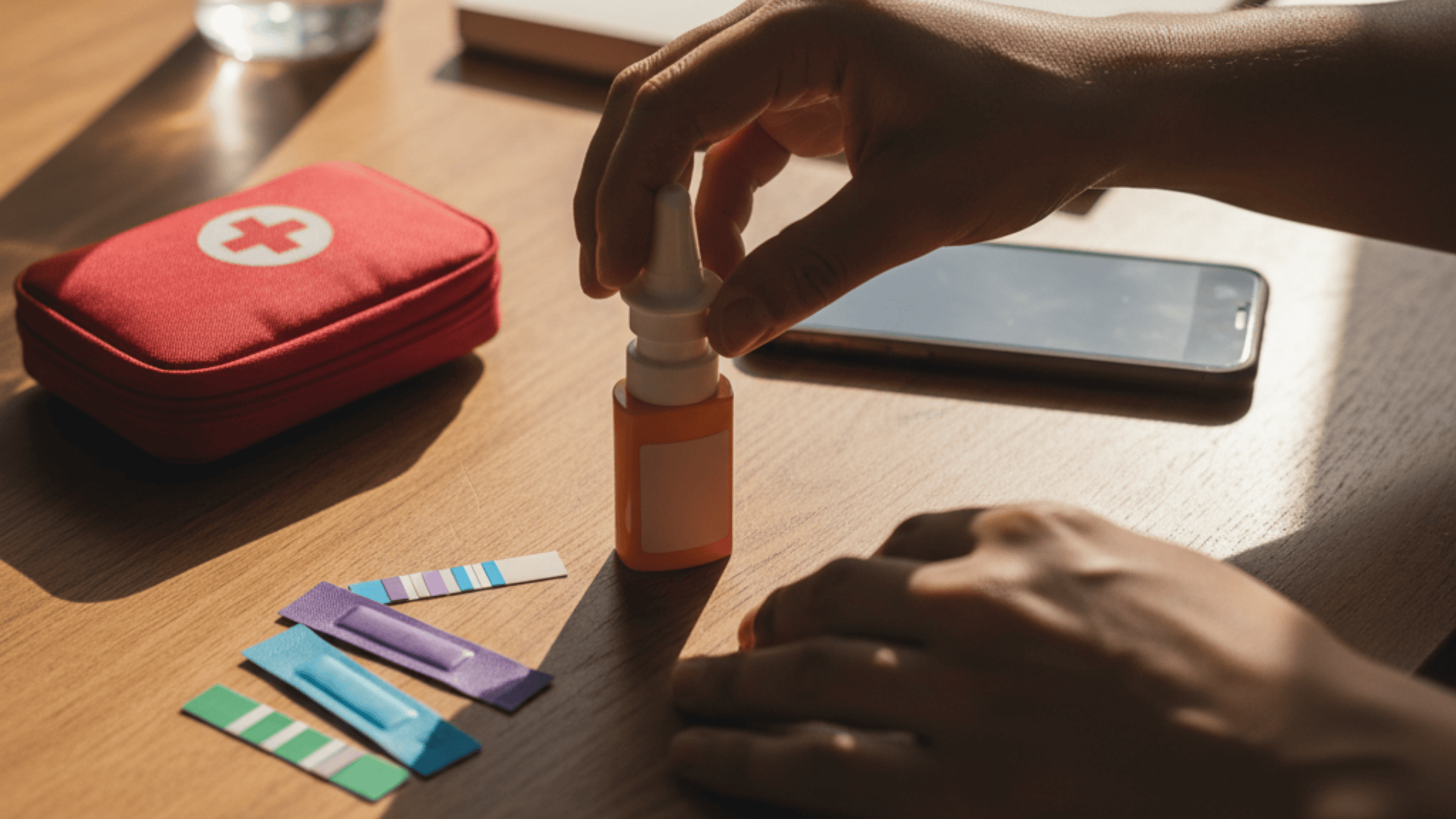
Medication is just one piece of the recovery puzzle. Combining Suboxone with therapeutic support and healthy lifestyle practices creates a stronger foundation for lasting change.
1. Therapeutic Support and Community
Counseling and behavioral therapy help you understand the patterns behind your substance use and develop healthier coping mechanisms.
Support groups like Narcotics Anonymous or SMART Recovery connect you with people who truly get what you’re going through.
These spaces offer accountability, encouragement, and proof that recovery is possible; sometimes you need to see it in others before you can believe it for yourself.
2. Lifestyle Foundations for Recovery
Quality sleep, balanced nutrition, and stress management aren’t luxuries; they’re essential tools that directly impact how your body responds to medication.
Poor sleep can intensify cravings and mimic withdrawal symptoms, while proper nutrition supports brain chemistry healing.
Managing stress through exercise, mindfulness, or hobbies reduces the emotional triggers that threaten your stability. These basics create the conditions where Suboxone can work most effectively.
Resources & Helplines
You don’t have to face this alone. Whether you need immediate crisis support, treatment referrals, or just someone who understands, these resources are available around the clock.
Reaching out is a sign of strength; these services exist because your recovery matters.
- SAMHSA National Helpline: 1-800-662-HELP (4357) — Free, confidential support 24/7. Visit samhsa.gov/find-help/national-helpline
- 988 Suicide & Crisis Lifeline: Call or text 988 for immediate support. Visit 988lifeline.org
- SAMHSA Treatment Locator: Find MAT providers at findtreatment.gov
Help is just a call or click away; don’t hesitate to use these resources whenever you need support.
That’s a Wrap
Finding the right Suboxone dose isn’t about perfection; it’s about feeling stable enough to do the real work of recovery.
If you’re experiencing persistent cravings, withdrawal symptoms, or emotional turbulence, trust what your body is telling you and speak up. Your provider can’t adjust what they don’t know about.
Recovery is hard enough without fighting symptoms that don’t have to be there. You deserve medication that actually supports your healing, not just gets you by.
Have questions or experiences with dose adjustments? I’d love to hear your thoughts in the comments below—your story might be exactly what someone else needs to hear today.

